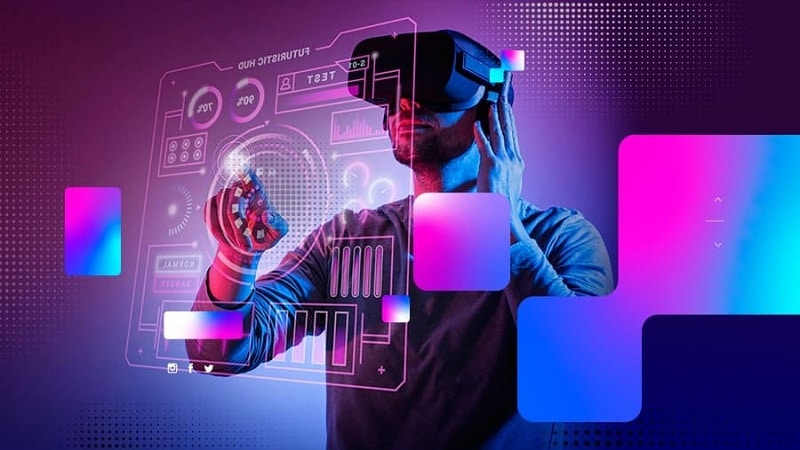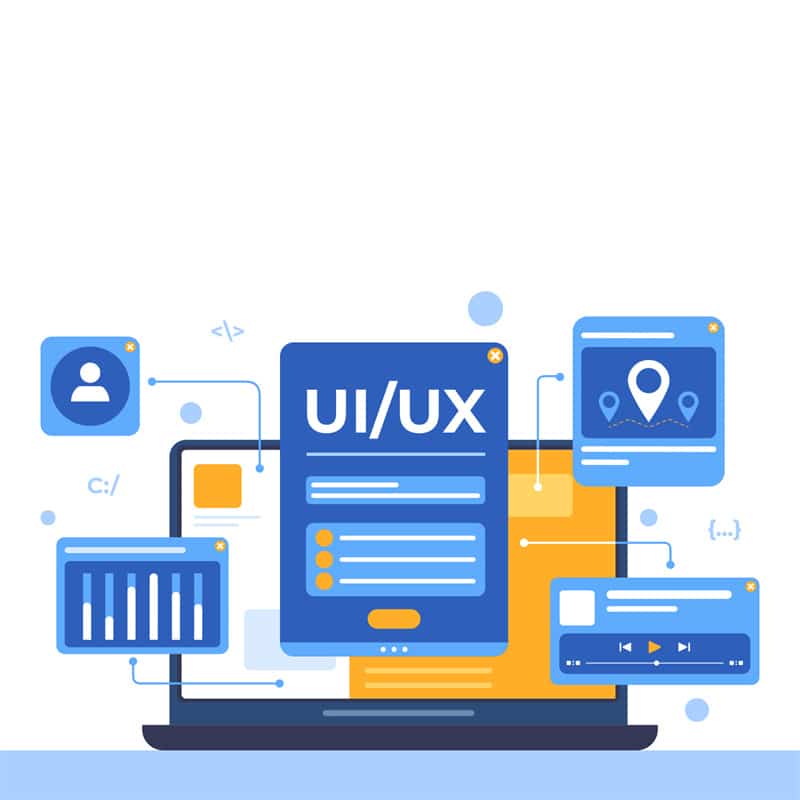
Design trends in this modern era are based and optimized on the technology growing during the period. In 2024 and ahead, it will fiddle around AI and other immersive experience-based platforms and technology like AR. Augmented reality (AR) has seen rapid evolution in recent years, and technical improvements across the board have already enhanced many fields.
In 2022, the global Augmented Reality market stood at approximately USD 19000.83 million. Projections suggest it will soar to USD 126824.29 million by 2028, boasting a remarkable CAGR of 37.22%. Thus, even in 2024, design trends will be majorly influenced and developed using AR as its backbone. Some of the biggest design trends that will surround augmented reality are:
1. Personalization

One of the biggest design trends in the past few years in all fields has been the implementation of personalization. It not only improves the customer experience but also enables the brands to develop products by prioritizing the past preferences of its customers.
For example, in retail, AR can allow customers to try on different products, such as clothes, shoes, or accessories, and see how they look on them before buying. This data can be recorded and experience can be optmized next time for the same users.
2. More Natural Interactions
Gesture controls and interactions will become more smooth and intuitive in 2024, detecting nuanced hand and finger motions that allow users to engage in a metaphorical “conversation” with virtual UI and objects. For example, UI can be designed such that it accepts granular finger poses and distinct hand sign commands.
With the introduction of Spatial computing, mapping will improve compatibility between real and virtual hands for better integration. Eye tracking enables gaze-based control, with UI responding to what you directly look at. It could allow simply looking at a button to activate it.
3. Hyperrealistic Visuals
With the rapid development of visualization tools and computer vision, AR can display hyperrealistic visuals. For instance, you can interact with a car virtually in AR such that it looks real. A virtual coffee mug on your desk will reveal its backside as you walk around it.
Object occlusion will also improve, allowing virtual objects to disappear behind real objects as you move realistically. A virtual bird could fly behind a real park bench as it passes. This design development will revolutionize AR platforms and the metaverse.
4. Multisensory Experience
AR experiences will no longer just be visual and not limited to a few selected fields or platforms. Things like spatialized audio, touch sensations and simulated smells are likely to enhance how we interact with objects in AR. Haptics could replicate shape, texture and forces, so you can feel a virtual button depress or a virtual ball bounce off your hand. These will deepen the sense of presence in virtual environments.
The main catalyst behind the growth in multisensory experience is directly related to the improvement in AR-based hardware in the past few years. With Apple Vision Pro and Meta’s quest, we are at a stage when developments in multisensory experience are accelerating.
5. 3D Prototyping
3D Prototyping will be majorly influenced by the development of AR-based design interfaces occupying the centre stage. This design development won’t be limited to a single area but will affect many fields, from AR-based UI development to AR-based design models.
AR is crucial in developing and enhancing 3D design and Prototyping across various industries and has been in use for a long time. For example, IKEA uses AR to help customers preview and customize their furniture products before buying them.
6. UI/UX Development

Improvement in user interface and design is an important development field even now. Still, with the increase in AR and metaverse’s popularity, the AR-based UI and UX development rate will be huge and rapid.
Due to the unique nature of how the interface is laid in AR, UI development in this field is a unique experience, even for the veterans who have been designing user interfaces for big companies. This area needs individuals who are good at development and have a keen sense of user aesthetics and 3D designing.
7. More Accessibility
Augmented reality will bring Better plane detection, image recognition and spatial mapping and allow the apps to augment any environment without special markers, maps or preparation. It will also bring many fields together, like AR tours and Learning. This accessible design setup will allow the brands to create a complete experience package that was impossible in the past.
Conclusion
Augmented Reality will largely influence design trends in 2024. AR will be more influential when discussing design as it will bring creativity to the field, and the old designs and methods will greatly improve.
If you are a designer looking to keep up with the AR trends, no-code creative design software, PlugXR, can be useful. Try out its forever-free version to create AR experiences that amplify your design works.










